Stephen E. Darby
Drainage and erosion of Cambodia's Great Lake in the middle-late Holocene: the combined role of climatic drying, base-level fall and river capture
Darby, Stephen E.; Langdon, Peter G.; Best, James L; Leyland, Julian; Hackney, Christopher; Marti, Mackenzie; Morgan, Peter R.; Ben, Savuth; Aalto, Rolf; Parsons, Daniel R.; Nicholas, Andrew P.; Leng, Melanie J.
Authors
Peter G. Langdon
James L Best
Julian Leyland
Christopher Hackney
Mackenzie Marti
Peter R. Morgan
Savuth Ben
Rolf Aalto
Daniel R. Parsons
Andrew P. Nicholas
Melanie J. Leng
Abstract
We provide evidence for a large-scale geomorphic event in Cambodia’s great lake, the Tonlé Sap, during the middle Holocene. The present-day hydrology of the basin is dominated by an annual flood pulse where water from the Mekong River raises the lake level by c. 8m during the monsoon season. We present new subsurface geophysical data, allied to new and past core studies, which unequivocally show a period of major mid-Holocene erosion across the entire Tonlé Sap basin that is coincident with establishment of the lake’s flood pulse. We argue that this widespread erosion, which removed at least 1.2 m of sediment across the lake’s extent, was triggered by up to three, likely interacting, processes: (1) base-level lowering due to mid-Holocene sea-level fall, leading to (2) capture of the Tonlé Sap drainage by the Mekong River, and (3) a drying climate that also reduced lake level. Longer-term landscape evolution was thus punctuated by a rapid, river capture- and base-level fall-induced, lake drainage that established the ecosystem that flourishes today. The scale of change induced by this mid-Holocene river capture event demonstrates the susceptibility of the Tonlé Sap to ongoing changes in local base-level and hydrology induced by anthropogenic activity, such as damming and sand mining, within the Mekong River Basin.
Citation
Darby, S. E., Langdon, P. G., Best, J. L., Leyland, J., Hackney, C., Marti, M., Morgan, P. R., Ben, S., Aalto, R., Parsons, D. R., Nicholas, A. P., & Leng, M. J. (2020). Drainage and erosion of Cambodia's Great Lake in the middle-late Holocene: the combined role of climatic drying, base-level fall and river capture. Quaternary science reviews, 236, Article 106265. https://doi.org/10.1016/j.quascirev.2020.106265
| Journal Article Type | Article |
|---|---|
| Acceptance Date | Mar 9, 2020 |
| Online Publication Date | Apr 8, 2020 |
| Publication Date | May 15, 2020 |
| Deposit Date | Mar 9, 2020 |
| Publicly Available Date | Apr 9, 2022 |
| Journal | Quaternary Science Reviews |
| Print ISSN | 0277-3791 |
| Publisher | Elsevier |
| Peer Reviewed | Peer Reviewed |
| Volume | 236 |
| Article Number | 106265 |
| DOI | https://doi.org/10.1016/j.quascirev.2020.106265 |
| Public URL | https://hull-repository.worktribe.com/output/3467395 |
Files
Article
(3.6 Mb)
PDF
Publisher Licence URL
https://creativecommons.org/licenses/by-nc-nd/4.0/
You might also like
River bank instability from unsustainable sand mining in the lower Mekong River
(2020)
Journal Article
Hedgerows: Mapping The Gaps. Phase 2 Final Report
(2025)
Report
Global River Topology (GRIT): A Bifurcating River Hydrography
(2025)
Journal Article
Downloadable Citations
About Repository@Hull
Administrator e-mail: repository@hull.ac.uk
This application uses the following open-source libraries:
SheetJS Community Edition
Apache License Version 2.0 (http://www.apache.org/licenses/)
PDF.js
Apache License Version 2.0 (http://www.apache.org/licenses/)
Font Awesome
SIL OFL 1.1 (http://scripts.sil.org/OFL)
MIT License (http://opensource.org/licenses/mit-license.html)
CC BY 3.0 ( http://creativecommons.org/licenses/by/3.0/)
Powered by Worktribe © 2025
Advanced Search
